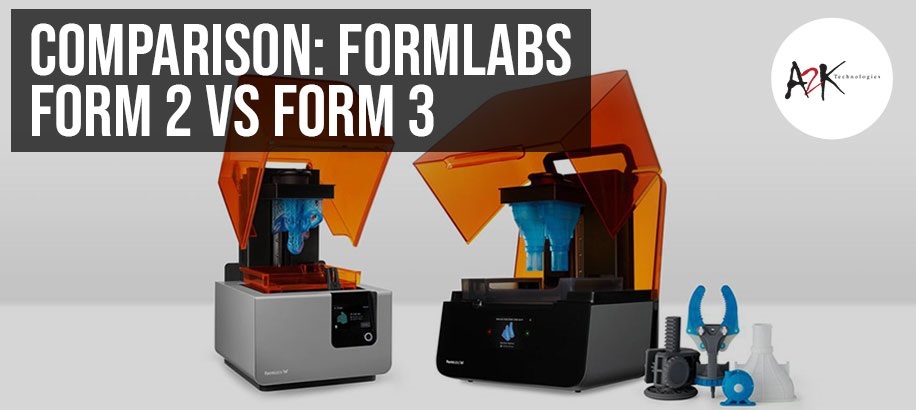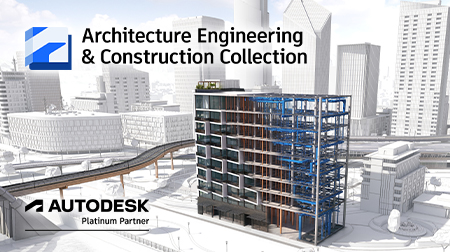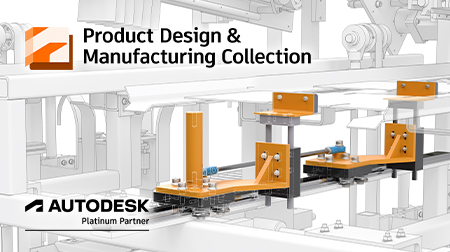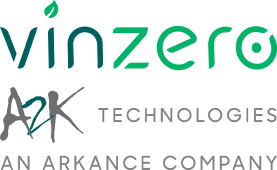
Comparison: Formlabs Form 2 vs Form 3
With Formlabs recently releasing the Form 3 and Form 3L 3D printers – you may be wondering how they compare to their previous model, the Form 2. In this blog post, we will go through the main improvements made to the Form 3, why the optics engine and stereolithography print process were re-engineered, and the changes made to make the latest models the most reliable and the most intuitive Formlabs 3D printers to date.
Stereolithography (Form 2) vs Low Force Stereolithography (Form 3)
In 2015, high-resolution Stereolithography 3D printing was first brought to the desktop in a more affordable and smaller setup compared to existing SLA machines by Formlabs. Since then, the Formlabs Form 2 has become an essential machine in the workflows of many engineers, architects, manufacturers, jewellers, industrial designers, dentists and more.

A fleet of Form 2 3D printers supporting the work of hundreds of engineers, located at the University of Sheffield Advanced Manufacturing Research Centre (AMRC)
The Formlabs Form 3 and Form 3L uses the new 3D printing technology – Low Force Stereolithography (LFS). This technology is an advanced type of stereolithography that uses a flexible tank and linear illumination. This innovative setup offers a massive step forward in machine reliability and print quality.
Lower Force Print Process
A significantly reduced footprint was achieved by the Formlabs Form 2 compared to industrial stereolithography 3D printers by inverting the print process.
Peel forces are introduced by an inverted SLA, which affect the print when it separates from the tank’s surface. This limits the build volume and requires sturdy support structures. To produce high quality printed results and to account for the forces of the peel process, the Form 2 was heavily calibrated. This puts industrial quality 3D printers in the hands of more companies at a more affordable price.
The technology that powers the Formlabs Form 3 (Low Force Stereolithography) was precisely developed to considerably reduce peel forces for a substantial increase in machine reliability and print quality. The flexible film located at the base of the tank is one major improvement that allows for a softer peel between layers during printing.

The peel forces that can create rough surfaces are significantly reduced with Low Force Stereolithography (LFS) 3D printing. This leads to improved part clarity and surface finish.
(The two parts shown are 3D printed in Tough Resin at 100 microns)
The major benefits from the reduction in peel forces are:
- Decreased surface roughness, which result in higher surface quality with less noticeable layer lines. Even at 100 microns, the clarity and surface finish are amazing.
- Light-touch support structures which includes smaller touchpoints. This easily removes away from the part for a quicker clean-up and finishing.
- Improved print results across all materials, especially for high viscosity and low green strength materials.
Overall, reduced peel forces lead to innovative material possibilities, easier support removal and incredible surface quality.


"The improvements to the light-touch supports that break away are game-changing. There is no way to describe the first time you take a part and pull at it and it just seamlessly pops completely free. It takes the stress out of building and cleaning parts and lets us keep our focus on design and creation."
- Justen England, Managing Director, at Design Concepts Boston
Optics
It has been proven over time that the precision optics engine built in the Form 2 meets the accuracy requirements for the most challenging applications such as when it’s utilised in dental labs, who on a regular basis, must produce numerous amounts of highly accurate parts.
Two galvanometers for X and Y positioning are utilised by the Form 2. These direct laser light from the back of the machine to a large fixed mirror that reflects the beam to the print plane.
Not only was Formlabs focused on making the system scalable for the Form 3, they were also heavily focused on further refining its consistency and accuracy. The optics inside the Light Processing Unit (LPU) are housed by LFS 3D printing. The LPU moves in the X direction and the laser beam going in the Y direction is positioned by one galvanometer. This is then directed along a parabolic and a fold mirror to deliver a beam that is consistently perpendicular to the build plane.

The LPU inside the Form 3 printer has a system of mirrors and lenses that guarantees a consistent and accurate laser spot.
On a machine the size of the Form 2 and Form 3, the beam deviation at the print plane is considered small. As the hardware is scaled up, the perpendicular beam allows for uniformity, making it possible to produce the larger Form 3L.
A spatial filter is used to create a clean and crisp laser spot for better precision by the Light Processing Unit (LPU). A higher frequency-galvanometer is also achieved which leads to some improvement in print speeds on the Form 2.
The LPU achieves more accurate optics in the Form 3 and Form 3L compared to the Form 2. In an extremely rare case that optical issues may arise, it is also easier to replace. To achieve incredible part accuracy, the highest optical precision and reliable printing over time, choose the Form 3 and Form 3L. Click here to order.
Nonstop Printing
Formlabs set out to produce the most reliable 3D printer on the market with the Form 2. Seeing companies like Gillette to dental labs relying on fleets of Form 2 3D printers for production is truly incredible.

The biggest orthodontic lab in the UK, Ashford Orthodontics, created a digital department from minimal resources. It now runs a fleet of 12 Formlabs Form 2 printers which produces 1200 retainers and aligners per month.
Formlabs 3D printers are designed to save time, giving you more focus on creating and designing, and less on worrying about the maintenance of your machine.
Formlabs has introduced a few new features to achieve maximum uptime on the Form 3 such as:
- Integrated sensors that notify you when the printer needs attention. The optical sensor is so sensitive that it can even detect dust.
- The resin tank, optics window, rollers and Light Processing Unit are designed so that they are easily replaced in-house.
- The failure detection and handling have been improved, which means the user is able to easily experiment with difficult geometries. The Form 3 is able to print a cleaning mesh if a print fails for easy removal.
“The Form 3 cuts down on the number of things that you have to know, in order to get good parts. That's good product design. The surface finish is better and the support sizes are smaller, so everything just comes out cleaner. Less work has to go into getting viable parts. That speeds everything up, especially when you're trying to get something from ‘we want to tweak the dimensions here’ to trying it on a robot within a couple of days. You can't do the same quick design cycles with out-of-house processes.”
—Nick Payton, Mechanical Engineer, RightHand Robotics
With remote print, you can print from anywhere
The Form 3 has the ability to start prints from any location in case an urgent print request is received. The printer just needs to be Pre-primed beforehand and the next print job can be started from anywhere in the world.

Formlabs Form 3 remote print
Familiar Workflows, New Ways to Interact
The workflow of the Form 3 will feel familiar if you’ve previously used the Form 2. Even if you never had an experience using a Formlabs printer, it’s simple to get started with both 3D printers.
The basic printing process is as follows:
- The design is imported into PreForm
- A material is chosen from the Formlabs extensive materials library
- The cross-compatible cartridge is inserted
- Click print to start
The Formlabs Form Wash, Form Cure and automated post-processing machines are compatible with both the Form 3 and Form 2. Both printers also use the same build platform.

For Form 2 users, Formlabs have updated the software for all their printers. This gives both the touchscreen interface and PreForm a facelift!
To make interaction with the printer more user friendly, Formlabs have equipped the Form 3 with several new features such as:
- A bigger and higher resolution touchscreen – the machine can be controlled completely digitally from the touchscreen. The previous Form 2 model has an additional button. The bigger screen also allows for future translations of the interface into different languages.
- A speaker for audio alerts and two LED status indicators for visual alerts to draw the attention of nearby bystanders.
- A printer cover that sits flat against the wall when opened, easily replaceable components and optics that are protected from resin exposure.
It’s just as simple to manage a number of Form 2 and Form 3 machines a long side each other as it is to manage a fleet with the exact same models. This is because the materials and accessories are cross compatible, and the same intuitive software is used on both printers.
The Form 3: The Next Generation of Industrial SLA
.png)
Formlabs currently lead the way in growing 3D printing from a single machine to a 24/7 digital factory and from a prototyping device to an essential driver of business. The 3D printer that raised the industry standard, the Formlabs Form 2, can now be purchased at a more affordable price bringing industrial-grade 3D printing in-house.
The print process, Low Force Stereolithography behind the Form 3 and Form 3L, is re-engineered by Formlabs to create an in-house 3D printing solution that is more versatile and more reliable than ever before. Order now!



















